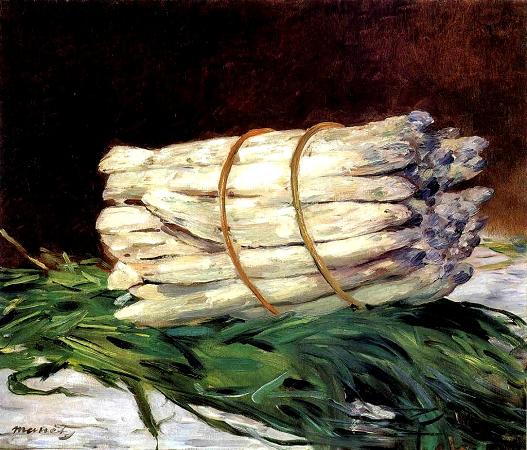Wallraf-Richartz Museum. The Wallraf-Richartz Museum is one of the three major museums in Cologne, Germany. It holds The Crucifixion by Stefan Lochner, a large altarpiece painted by the German artist Stefan Lochner in the mid-15th century and considered one of the masterpieces of the International Gothic style. It also holds The Lamentation of Christ, a triptych painted by the Flemish artist Rogier van der Weyden, considered one of the most important works of Early Netherlandish painting. Also in the collection is The Art of Painting by Johannes Vermeer. The museum dates back to the year 1824, when the comprehensive collection of medieval art from Franz Ferdinand Wallraf came to the city of Cologne by inheritance. The first building was donated by Johann Heinrich Richartz, and the museum was opened in 1861. The collection was regularly expanded by donations, especially the Haubrich collection of contemporary art, in 1946. In 1976, on the occasion of the donation of Mr. and Mrs. Ludwig, the collection was split. The new Museum Ludwig took over the exhibition of the 20th century art. The current building from 2001, near the Cologne City Hall, was designed by Oswald Mathias Ungers. Also in 2001, Swiss collector Gérard Corboud gave his impressionist and postimpressionist collection of over 170 works to the museum as a permanent loan. The museum then added Fondation Corboud to its name. The Madonna in the Rose Bower is among the Gothic paintings in the collection of the Wallraf-Richartz Museum. It was created by Stefan Lochner, who lived in Germany between 1410 and 1451, mainly working in Cologne. He is considered a late Gothic painter. His work usually has a clean appearance, combining the Gothic attention to long flowing lines with brilliant colors and a Flemish influence of realism and attention to detail. This painting is considered typical of his style. It was executed about 1450, and shows the Virgin and Child reposing in a blooming rose arbor that is attended by Lochner's characteristic, child angels. Another outstanding Gothic painting in the Wallraf-Richartz's collection is an Arrest of Jesus by the Master of the Karlsruhe Passion, the only surviving panel of that painter's influential Passion cycle not kept in the Staatliche Kunsthalle Karlsruhe. The Wallraf-Richartz-Museum houses an altarpiece from the Great Saint Martin Church in Cologne, one of the few known works by Jacob van Utrecht. Among other early Renaissance works in the collection are the Adoration of the Child by Hieronymous Bosch, and a panel of the Jabach Altarpiece by Albrecht Dürer. Among the artists in the collection from the Baroque through Rococo period are works by Rubens; Rembrandt; Jordaens; Frans Snyders; van Dyck; Frans Hals; Gerard van Honthorst; Pieter de Hooch; Gerard de Lairesse; François Boucher; Nicolas de Largillierre; Jean-Honoré Fragonard; Marguerite Gérard, and Giambattista Pittoni. The Wallraf-Richartz collection includes works by the Impressionists Monet, Pissarro, Sisley, Gustave Caillebotte, and Berthe Morisot, whose Child among staked roses or Kind zwischen Stockrosen, was painted in 1881. On February 14, 2008, the Wallraf-Richartz Museum announced that On the Banks of the Seine by Port Villez, attributed to Claude Monet, was a forgery. The discovery was made when the painting was examined by restorers prior to an upcoming Impressionism exhibition. X-ray and infrared testing revealed that a colorless substance had been applied to the canvas to make it appear older. The picture was acquired by the museum in 1954. The museum, which will keep the forgery, still has five authentic Monet paintings in its collection.
more...














